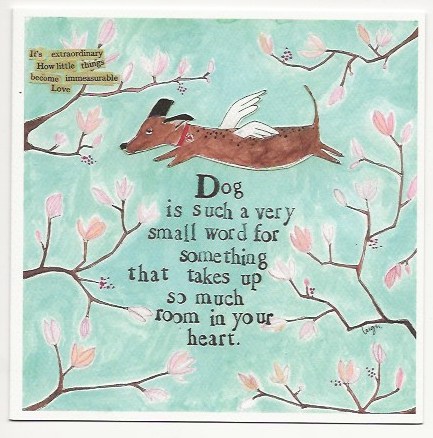New York, New York, the most populous city in the United States, and a glamorous magnet for tourists, has many nicknames, including The City That Never Sleeps, Empire City, and Gotham—but perhaps the most famous one of all is the Big Apple. How did this name come about?
Even though it became popular in the 1970’s the nickname “The Big Apple” was born in the 1920s in reference to the prizes (or “big apples”) awarded at the many racing courses in and around New York City. However, it wasn’t officially adopted as the city’s nickname until 1971 as the result of a successful ad campaign intended to attract tourists.
New York state is America’s top apple grower, after the state of Washington, but New York City’s nickname has nothing to do with fruit production.
The Big Apple nickname first gained popularity in connection with horse racing. Around 1920, New York City newspaper reporter John Fitz Gerald, whose beat was the track, heard African-American stable hands in New Orleans say they were going to “the big apple,” a reference to New York City, whose race tracks were considered big-time venues. Fitz Gerald soon began making mention of the Big Apple in his newspaper columns. “The Big Apple. The dream of every lad that ever threw a leg over a thoroughbred and the goal of all horsemen. There’s only one Big Apple. That’s New York.”
In the 1930s, jazz musicians adopted the term to indicate New York City was home to big-league music clubs. An old saying in show business was “There are many apples on the tree, but only one Big Apple.” New York City was (and is) the premier place for jazz musicians to perform, which made it more common to refer to New York City as the Big Apple.
In the late 1960s and early 1970s, New York City was quickly earning a national reputation as a dark and dangerous city. To increase tourism in NYC, in 1971, the city launched an ad campaign with Charles Gillett, president of the New York Convention and Visitors Bureau, at the helm. A fan of jazz, he wanted to restore the city to its former glory by adopting the Big Apple as an officially recognized reference to New York City.
The campaign featured red apples in an effort to lure visitors to New York City. The red apples, intended to serve as a bright and cheery image of the city, would stand in contrast to the common belief that New York City was riddled with crime and poverty. T-shirts, pins, and stickers promoting the “Big Apple” quickly became popular, thanks in part to the help of celebrities like New York Knicks legend Dave DeBusschere—and the city welcomed tourists to “take a bite out of the Big Apple.”
Since the conclusion of the campaign—and subsequent “rebranding” of the city—New York City has officially been nicknamed The Big Apple.
Apples can be found all around NYC. The newest apple, "La Gran Manzana," is located on the Avenue of the Americas in its urban orchard and radiates brightly among some of NYC’s most iconic landmarks: the fountain at 1251 Sixth Ave, Rockefeller Center, Radio City Music Hall, NBC Studios. This sculpture recognizes the 2.3 million Latinos who are an integral part to the growth of The Big Apple, fondly known in Spanish as La Gran Manzana.






































